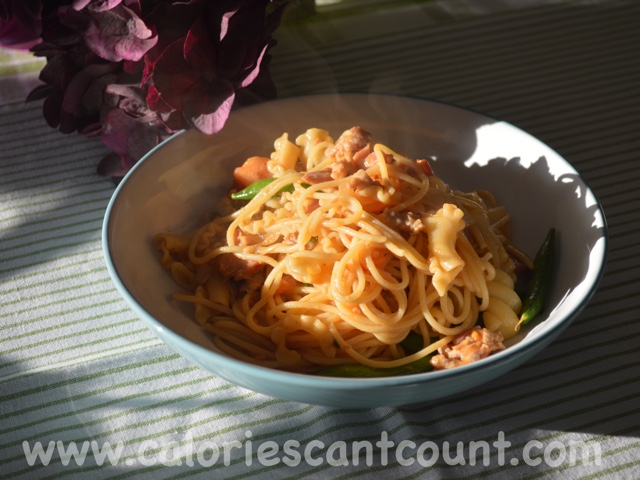Three Cup Chicken.
A Taiwanese chicken recipe cooked in sesame oil, Chinese rice wine and soy sauce. It's these 3 ingredients that have given the dish its fascinating name. You are not, of course, meant to cook with a cup of each named ingredient; a cup of soy sauce and sesame oil would probably be inedible. The dish is named after the 3 flavouring sauces but it also features an abundance of other herbs and spices. Ingredients such as garlic, ginger, chillies and basil are used generously. Traditionally this dish would be cooked in an earthenware pot, I don't own one of these so I have cooked mine in a tagine pot. If you are not in possession of either, a casserole or a sauté pan with a lid is more than acceptable.
Preparation:
I used a whole chicken, broken down into portions (1.7kg free range chicken).
Use chicken thigh fillets if you prefer.
Marinate the chicken with,
-1tsp sea salt,
-1tbsp dark soy.
Leave aside for an hour or so.
The vegetables.
-6cm sliced ginger.
-5 cloves, roughly crushed garlic.
-4 sliced spring onions.
-5 red sliced red chillies.
-30g basil leaves.
The sauces.
-2tbsp sesame oil.
-2tbsp soy sauce.
-2tbsp Shaoxing rice wine.
-1tbsp dark soy sauce.
-1tbsp ketjap manis.
-100ml water.
-1tbsp brown sugar.
In a casserole pan or tagine pot, add
-the sesame oil,
-ginger,
-garlic.
Cook, stirring for 30 seconds or so, add
-the marinated chicken pieces.
Leave the chicken pieces to brown on one side before turning, add
-the rest of the vegetables (reserve the basil leaves),
-the sauces (reserve the brown sugar).
Stir well to combine.
Leave to simmer gently for around 30 minutes, stirring occasionally.
5 minutes before serving, add
-the brown sugar.
Taste and adjust the seasoning, add
-the basil leaves.
Stir to combine.
Serve with rice.


















